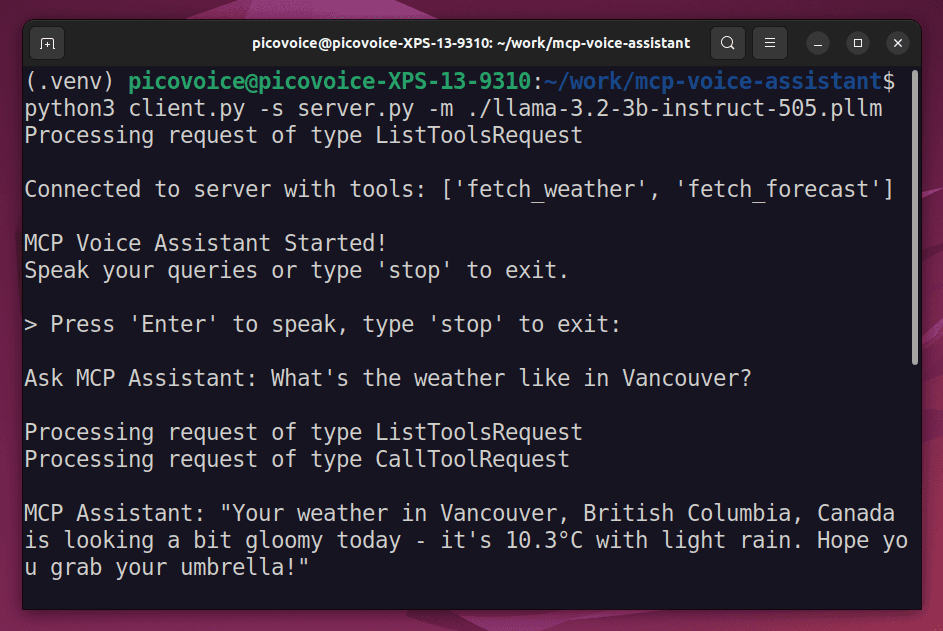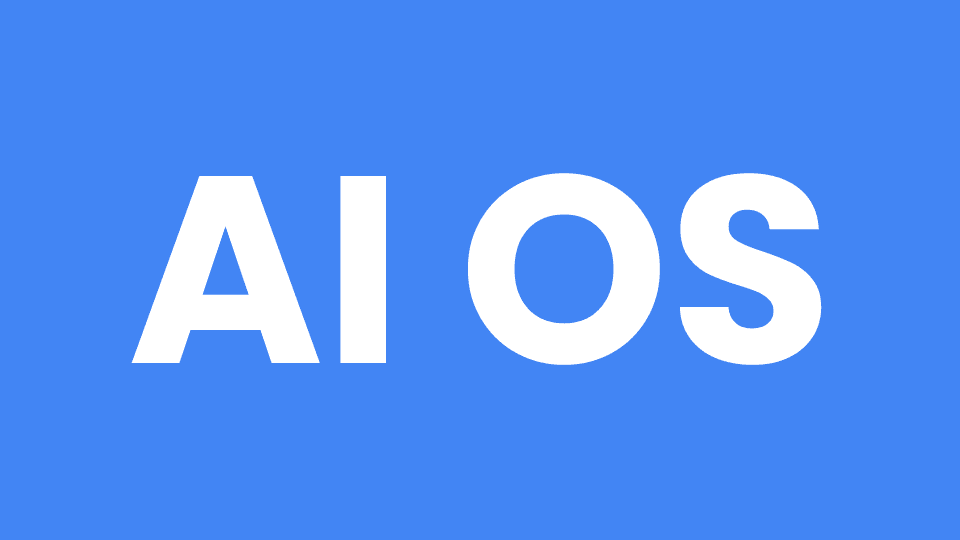A decade ago, popular processing units were Central Processing Units (CPUs) and Graphics Processing Units (GPUs). Advances in artificial intelligence have skyrocketed the demand for specialized hardware. Along with GPUs, machine learning researchers have started using Tensor Processing Units (TPUs), and Neural Processing Units (NPUs). This article discusses the differences among CPUs, GPUs, TPUs, and NPUs in the context of artificial intelligence.
What’s a CPU (Central Processing Unit)?
A CPU, or Central Processing Unit, executes instructions of a computer program or the operating system, performing most computing tasks. In artificial intelligence, CPUs can execute neural network operations such as small-scale deep learning tasks or running inference for lightweight and efficient models.
CPUs are not as powerful as specialized processors like GPUs, TPUs, or NPUs, making them unsuitable for training commercial-grade models or running inference of large models.
Picovoice’s lightweight AI models can run using a CPU and perform better than large alternatives. Check out open-source benchmarks and start building!
What’s a GPU (Graphics Processing Unit)?
A GPU, or Graphics Processing Unit, was initially developed for processing images and videos in computer graphics applications, such as video games. Later, GPUs have evolved to become powerful and versatile processors capable of handling a wide range of parallel computing tasks.
CPUs are optimized for sequential processing, whereas GPUs are for parallel processing, making them well-suited for applications like machine learning, scientific simulations, cryptocurrency mining, video editing, and image processing.
GPUs come in two types: Integrated and Discrete.
A Discrete GPU is a distinct chip with a circuit board and dedicated memory: Video Random Access Memory (VRAM). VRAM stores graphical data and textures, which are actively used by a GPU. VRAM connects to a CPU through a PCIe (Peripheral Component Interconnect Express), allowing computers to handle complex tasks more efficiently.
An integrated GPU (iGPU) does not come on its own separate card. It is integrated directly into a CPU or System-On-a-Chip (SoC) and designed for basic graphics and multimedia tasks. iGPUs are more stable than mobile GPUs. Yet, they are not suited for training machine learning models. Even consumer-grade discrete GPUs are not appropriate for large-scale projects.
Quantization techniques, such as GPTQ, AWQ, or SqueezeLLM deal with making LLMs smaller.
What’s a TPU (Tensor Processing Unit)?
A TPU, or Tensor Processing Unit, is a specialized application-specific integrated circuit (ASIC) developed by Google for accelerating machine learning workloads. TPUs efficiently perform essential neural network tasks, such as matrix multiplications or other tensor operations. Since TPUs are optimized for the specific mathematical operations in neural network training and inference, they offer superior performance and energy efficiency. However, machine learning developers may prefer GPUs, especially NVIDIA GPUs, over TPUs due to the network effect. NVIDIA’s brand, mature software stack, simple documentation, and integration with major frameworks give NVIDIA a competitive advantage over other GPU manufacturers or alternatives.
What’s an NPU (Neural Processing Unit)?
An NPU, or Neural Processing Unit, is a specialized hardware accelerator designed for executing artificial neural network tasks efficiently and with high throughput. NPUs deliver high performance while minimizing power consumption, making them suitable for mobile devices, edge computing, and other energy-sensitive applications. With the spike in GPU prices, which is a limited supply despite the increasing demand starting with crypto mining, hardware companies have invested in NPUs to position them as an alternative to GPUs. While an NPU is not a perfect substitute for a GPU, it helps run inference on mobile or embedded.
How to Choose between a CPU, GPU, TPU and NPU
Choosing the best neural network architecture and framework is a critical first step. It impacts the required hardware for training models and running inference.
Most enterprises, do not need to train models. While only certain companies train models, millions of users run inference. Hardware requirements for inference are not necessarily the same as those for training. CPUs can suffice the inference requirements. For example, Picovoice has profound knowledge of compressing neural networks and building power-efficient models that run across platforms without requiring specialized hardware. While we need a GPU to train an AI model, a CPU or an SoC can run inference.
Before deciding which hardware to choose:
- Start with the customer and figure out what they need
- Explore which AI algorithms can address the need and how to acquire them
- Assess the hardware requirements for training and inference in detail
If you need further help, tap into Picovoice’s expertise through Picovoice Consulting services.
Consult an Expert






